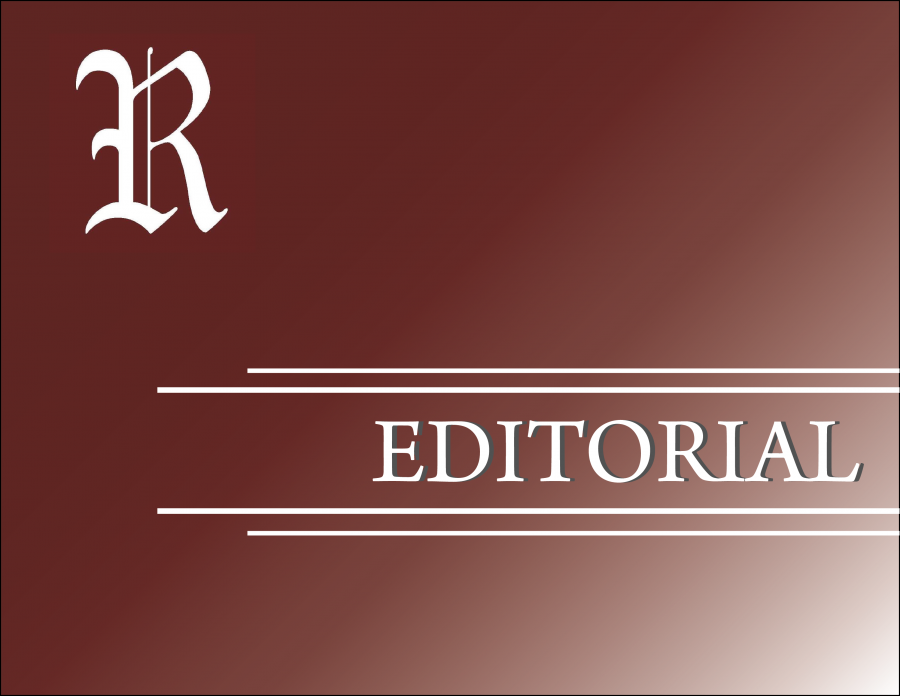By the Editorial Board
This February, Fordham joins the national conversation in celebrating Black History Month with on-campus programming at both Rose Hill and Lincoln Center.
The Office of Multicultural Affairs (OMA), Department of African and African American Studies, Bronx African American History Project and ASILI are among those sponsoring an array of events, ranging from panel discussions and lecture series to movie screenings and racial solidarity training sessions.
While it is imperative to highlight the contributions of African American individuals, engage in conversations about race in our current society and support the voices of marginalized communities during the month of February, Fordham must grapple with its diversity problem in a real way that looks to find institutional results and is not only relegated to a one twelfth of the calendar year.
In 1968, one percent of Fordham’s 6,000 undergraduate students was African American. Fifty years later, this number has barely grown.
According to the Fall 2016 census on undergraduate enrollment, which accounts for Fordham College at Rose Hill, Fordham College Lincoln Center, Gabelli School of Business and the School of Professional and Continuing Studies, 406 of the 9,798 students in the most recent demographic profile were African American. That amounts to four percent.
The university website waxes poetic about how the Class of 2021 is among the most geographically diverse in Fordham’s history. It shouts out states from which more than 20 students are enrolled such as tristate regulars New York, New Jersey and Connecticut as well as others like California and Florida.
This year’s freshman class contains 225 international students, representing countries such as China, Malaysia and Nigeria. While Fordham’s commitment to making its face known on a global scale is noble, geographic diversity does not make up for glaring disparities in ethnic and racial diversity. Fifty-eight percent of the Class of 2021 is white while three percent is black.
Admissions maintains that they are committed to representing New York City, with 17 percent of undergraduate students coming from the five boroughs. However, Fordham’s lack of ethnic diversity undercuts this effort, considering the aforementioned racial breakdown. A university that calls NYC’s least-white borough, The Bronx, home must do more to include people of color within its student body. At Fordham, we cannot make claims of on-campus diversity until the statistics truly match the sentiment.
In this regard, the Black History Month programming at Fordham taking place throughout February is central to sparking racial conversation and bridging gaps between communities on our campus. But one month will never be enough. For this reason, the editorial staff of The Fordham Ram encourages students and faculty members alike to not only attend events, but to critically engage with them in a capacity that continues to foster dialogue moving forward.
Ultimately, the responsibility to shed light and start campus discussion should not fall exclusively on students and faculty members who represent minority organizations, initiatives or academic departments. Rather, it must be something that everyone individual seeks to consistently address regardless of his or her race, whether it is Black History Month or not.
There is more our university can do to improve diversity in not just numbers, but understanding and inclusivity as well. Issues surrounding race continue to impact our society and university regardless of the month on the calendar. And at Fordham, support must come in a year-round form.





































































































































































































